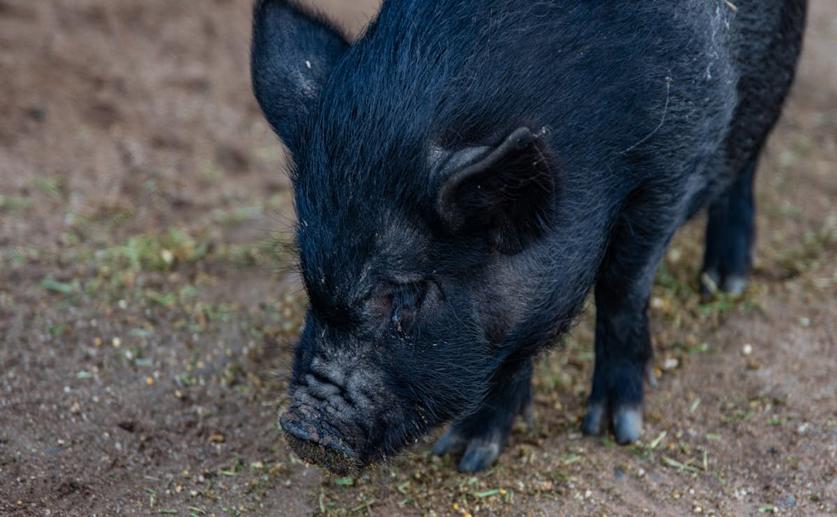
Genetic Differences Reveal Key Genes for Muscle Growth in Different Pig Breeds
Jenn Hoskins
13th June, 2024

Image Source: Magda Ehlers (photographer)
Key Findings
- Researchers studied Tibetan pigs (TIB) and Large white pigs (LW) to understand genetic differences affecting growth rate and body size
- TIB pigs have slower growth rates and smaller body sizes compared to LW pigs due to specific genetic variations
- Identifying these genetic markers can help improve pig breeding programs for better growth rates and larger body sizes
References
Main Study
1) Whole-genome SNP allele frequency differences between Tibetan and Large white pigs reveal genes associated with skeletal muscle growth
Published 12th June, 2024
https://doi.org/10.1186/s12864-024-10508-7
Related Studies
2) High Altitude Adaptability and Meat Quality in Tibetan Pigs: A Reference for Local Pork Processing and Genetic Improvement.
3) Distinct expression patterns of genes associated with muscle growth and adipose deposition in tibetan pigs: a possible adaptive mechanism for high altitude conditions.



 8th June, 2024 | Greg Howard
8th June, 2024 | Greg Howard